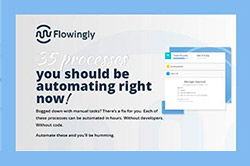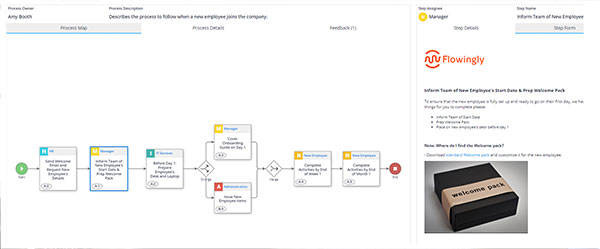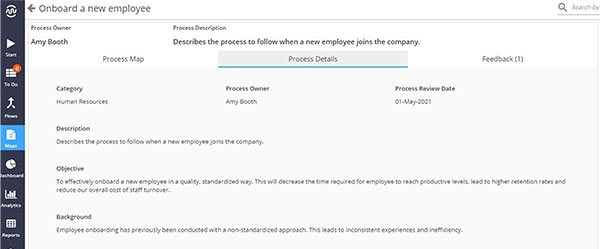
The quickest wins of process improvement
The quickest wins of process improvement
Nothing replaces a robust process review and improvement process but unfortunately, we don’t always have the capacity or the buy-in.
The best way to build up momentum for a comprehensive process review is by quickly demonstrating value. Formal process improvement frameworks often incorporate quick wins into their early stages. Sometimes even these quick wins aren’t quick enough.
With that in mind, we’ve developed a plan for a 15-minute session to help your team achieve more and get the ball rolling on BPI.
The 15-minute, extra quick, quick-wins session
1. Identify the attendees to contribute to the quick-wins session.
2. Communicate with transparency, explaining the session to attendees and describe which process(es) are in scope.
3. Ask the attendees to create a record of issues in the week ahead of the session.
A Record of Issues
Whenever a team member encounters an undocumented problem or area of improvement, create a new sticky note with the name of the process is and the root cause of what went wrong. Particularly look for tasks that were more difficult, cost more or took more time than they could have.
The session:
4. During the session, add all sticky notes to a white board or poster board. Classify each issue by process and remove any duplicates. Briefly introduce each issue to the group.
5. Ask the attendees to spend five minutes silently writing solutions and sticking them next to their respective issues.
6. Once the time is up, take a photo of the board as it is.
7. Ask the group the following questions, moving solutions aside as they’re excluded.
a “Are there any solutions on the board that are not within our power to implement?”
b “Are there any solutions on the board that are risky?”
c “Are there any solutions on the board that are not low cost?”
8. Assign remaining solutions to individuals to serve as the “change owners”
Follow up:
9. Follow up a week later with each change owner to document and support the changes.
10. Use documented outcomes to build a case for BPI.
11. Keep the list of issues, processes and suggested solutions for the initial stages of a process review.
Small wins build momentum
The key to getting a process improvement initiative off the ground is demonstrating value to stakeholders almost immediately.
Importantly, process improvement can lose momentum almost instantaneously. If businesses are to succeed in moving forward, it’s vital to celebrate every win, no matter how big or small, and one should never underestimate the power of positive reinforcement.












